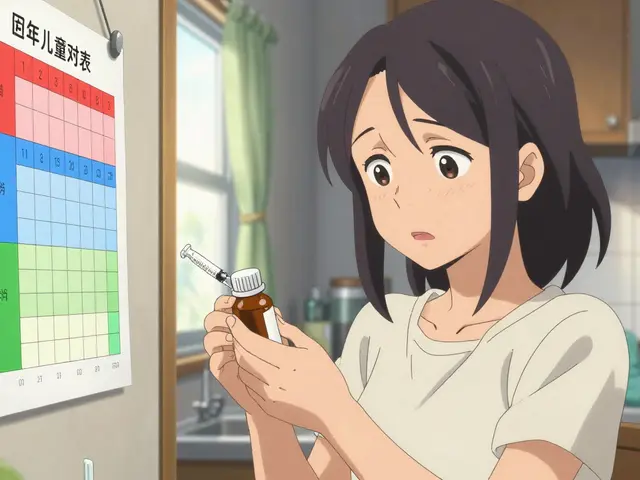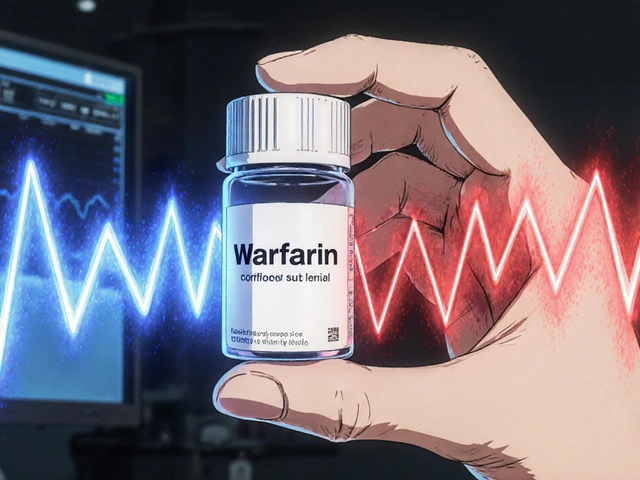How to Handle Missed Pediatric Medication Doses Safely: Step-by-Step Guide for Parents
December 23 2025Irritant Contact Dermatitis: What It Is, Why It Happens & How to Treat It
Ever notice a red, itchy patch after touching soap, cleaning products or even a new bracelet? That’s likely irritant contact dermatitis (ICD). It’s the skin’s angry response to something that directly damages its outer layer. Unlike allergic reactions, you don’t need an immune‑system sensitisation – the irritation happens each time you expose yourself.
What Triggers Irritant Contact Dermatitis?
Almost anything that strips away natural oils can start a rash. Common culprits include harsh detergents, bleach, alcohol‑based hand sanitizers, and even frequent washing with hot water. Some fabrics like wool or synthetic blends can rub the skin enough to cause irritation, especially on elbows and knees.
Occupations that involve repeated exposure – such as hairdressing, construction work or food service – see higher rates of ICD. Even everyday items like scented lotions, shaving creams, or gardening gloves may trigger a flare if they contain irritating chemicals.
How to Ease the Itch and Speed Healing
The first step is to stop using whatever caused the reaction. Rinse the area with cool water for a few minutes; this helps remove residue and soothes the burn.
Apply a fragrance‑free moisturizer or an over‑the‑counter hydrocortisone cream twice daily. Moisturizers lock in water, repairing the skin barrier faster. If the rash is painful, a short course of oral antihistamines can calm itching, but they’re not a cure for ICD.
Covering large areas with a non‑stick dressing can protect the skin from further irritation while it heals. Change the dressing daily and keep the area clean.
If symptoms last more than a week, get a doctor’s opinion. Sometimes a prescription‑strength steroid or a referral to a dermatologist is needed to break a stubborn cycle.
Prevention works best when you know your triggers. Choose mild, pH‑balanced soaps and avoid hot showers that dry out skin. When using chemicals at work, wear gloves made of nitrile rather than latex, and replace them regularly.
For people with sensitive skin, a patch test can be helpful before trying new products. Apply a small amount on the inner forearm for 24‑48 hours; if no reaction appears, it’s likely safe to use.
Staying hydrated and eating foods rich in omega‑3 fatty acids – like salmon or walnuts – supports skin health from the inside out.
Remember, irritant contact dermatitis is usually avoidable once you identify the offending substance. Keep a simple log of when rashes appear; over time you’ll spot patterns that point to the cause.
With quick removal of the irritant, gentle skin care, and a bit of prevention planning, most people see clear skin again within a week or two. If you keep experiencing flare‑ups despite these steps, it’s worth chatting with a healthcare professional for personalized advice.
 30 Apr
30 Apr
Understanding Irritant Contact Dermatitis: Causes and Treatments
Irritant contact dermatitis is a common skin issue that occurs when your skin comes into contact with potentially harmful substances. The main causes include exposure to harsh chemicals, cleaning products, or even over-washing your hands. Symptoms often include redness, itching, and dry or cracked skin. To effectively treat this condition, it's crucial to identify and avoid the irritants causing the issue, as well as using gentle skincare products and moisturizers. In more severe cases, seeking professional medical advice may be necessary for proper treatment and management.
Read More...




